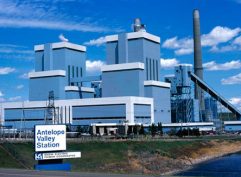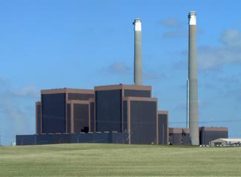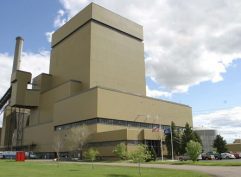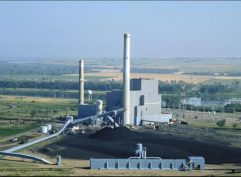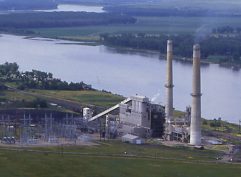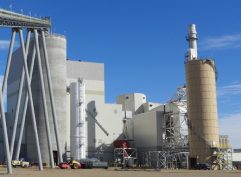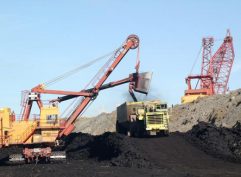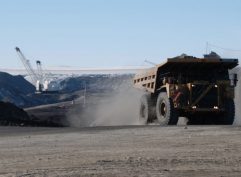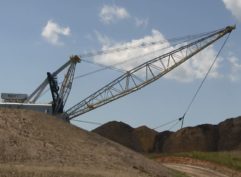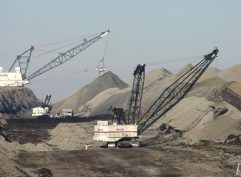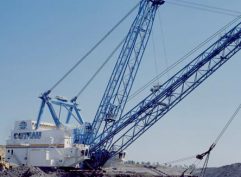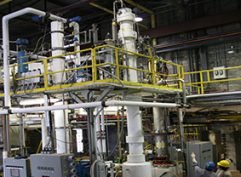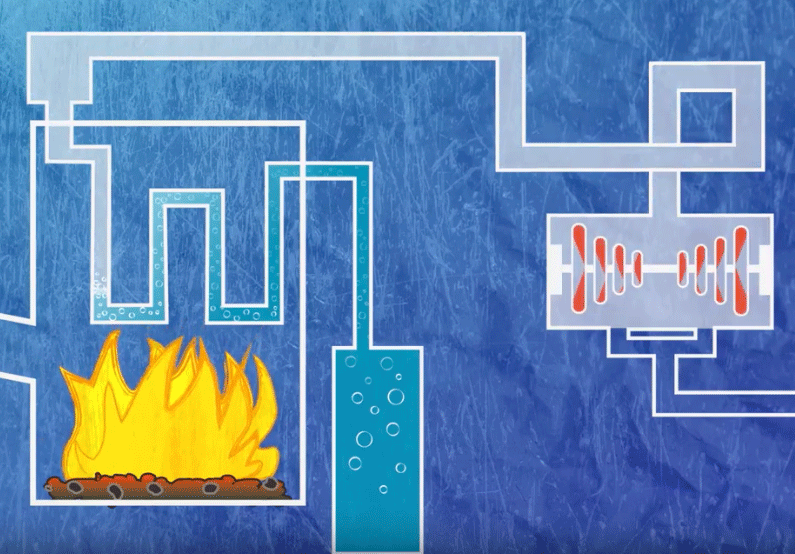Minnesota Legislative Update: A tale of two committees
Minnesota Legislative Update: A tale of two committees
By Joel Johnson, Minnesota Director of Coalition for a Secure Energy Future
When it comes to energy policy, the 2019 Minnesota Legislature is shaping up to be a tale of two committees.
On the one hand, you have the new DFL Majority’s House Energy & Climate Committee, which spent the first month focusing on the causes and impact of climate change in Minnesota. The lone piece of legislation to get a hearing in the first month was HF700, which would set Minnesota on a course to completely decarbonize the state’s economy and eliminate the use of any fossil fuels by 2050.
The bill, which is unlikely to make it into law over the next two years, sets a very aggressive timetable for utilities to meet a new “clean energy” standard of 55 percent by 2030, 80 percent by 2035 and then eventually 100 percent carbon-free by 2050. Xcel energy, the state’s largest utility, has slightly higher standards – 55 percent by 2026, 60 percent by 2030, 85 percent by 2035 and 100 percent by 2045.
The bill does add carbon-free generation under the list of acceptable renewable generation, but it defines it only as 100 percent carbon-free, which could exclude any new coal or natural gas carbon capture technologies. While there are also a number of possible off-ramps, including reliability, cost, lack of transmission and environmental costs, getting one of the off-ramps approved would be extremely difficult.
While the House Energy & Climate Committee was considering a fundamental change to the way electricity is generated and delivered in Minnesota, the Senate Energy & Utilities Committee instead has focused on either relatively noncontroversial bills like SF100, which would allow Investor-Owned Utilities (IOUs) in the state to put together pilot projects to test storage technologies and how they would be integrated into the state’s electric grid, or more contentious technical bills such as SF713, which focuses on the costs of Xcel Energy’s state-imposed Community Solar Garden program, compared to the cost of other utility-scale solar projects.
How the different approaches will come together in an Omnibus Conference Committee bill is anyone’s guess at this point, but it’s unlikely that any major shifts in the state’s energy policy will make it into law.
Hovering over this dynamic is the uncertainty over the Walz Administration’s energy policy. Gubernatorial candidate Tim Walz tried to stake out middle ground on energy issues during last year’s campaign, coupling support for the controversial Enbridge Line 3 oil pipeline rebuild, while also supporting an increase in the state’s Renewable Energy Standard.
However, he shocked many last week when he announced he wanted the Department of Commerce to continue an appeal of the Minnesota Public Utilities Commission June approval of the $2.6 billion Line 3 rebuild. The move left supporters of the project, including a number of DFL legislators, wondering if Walz would be the energy moderate he appeared to be during the campaign.
Still, the wide gap between the House and Senate’s approach to energy policy makes it likely that whatever energy policy emerges from the 2019 session will be modest and noncontroversial at best.
By Joel Johnson, Minnesota Director of Coalition for a Secure Energy Future
When it comes to energy policy, the 2019 Minnesota Legislature is shaping up to be a tale of two committees.
On the one hand, you have the new DFL Majority’s House Energy & Climate Committee, which spent the first month focusing on the causes and impact of climate change in Minnesota. The lone piece of legislation to get a hearing in the first month was HF700, which would set Minnesota on a course to completely decarbonize the state’s economy and eliminate the use of any fossil fuels by 2050.
The bill, which is unlikely to make it into law over the next two years, sets a very aggressive timetable for utilities to meet a new “clean energy” standard of 55 percent by 2030, 80 percent by 2035 and then eventually 100 percent carbon-free by 2050. Xcel energy, the state’s largest utility, has slightly higher standards – 55 percent by 2026, 60 percent by 2030, 85 percent by 2035 and 100 percent by 2045.
The bill does add carbon-free generation under the list of acceptable renewable generation, but it defines it only as 100 percent carbon-free, which could exclude any new coal or natural gas carbon capture technologies. While there are also a number of possible off-ramps, including reliability, cost, lack of transmission and environmental costs, getting one of the off-ramps approved would be extremely difficult.
While the House Energy & Climate Committee was considering a fundamental change to the way electricity is generated and delivered in Minnesota, the Senate Energy & Utilities Committee instead has focused on either relatively noncontroversial bills like SF100, which would allow Investor-Owned Utilities (IOUs) in the state to put together pilot projects to test storage technologies and how they would be integrated into the state’s electric grid, or more contentious technical bills such as SF713, which focuses on the costs of Xcel Energy’s state-imposed Community Solar Garden program, compared to the cost of other utility-scale solar projects.
How the different approaches will come together in an Omnibus Conference Committee bill is anyone’s guess at this point, but it’s unlikely that any major shifts in the state’s energy policy will make it into law.
Hovering over this dynamic is the uncertainty over the Walz Administration’s energy policy. Gubernatorial candidate Tim Walz tried to stake out middle ground on energy issues during last year’s campaign, coupling support for the controversial Enbridge Line 3 oil pipeline rebuild, while also supporting an increase in the state’s Renewable Energy Standard.
However, he shocked many last week when he announced he wanted the Department of Commerce to continue an appeal of the Minnesota Public Utilities Commission June approval of the $2.6 billion Line 3 rebuild. The move left supporters of the project, including a number of DFL legislators, wondering if Walz would be the energy moderate he appeared to be during the campaign.
Still, the wide gap between the House and Senate’s approach to energy policy makes it likely that whatever energy policy emerges from the 2019 session will be modest and noncontroversial at best.


